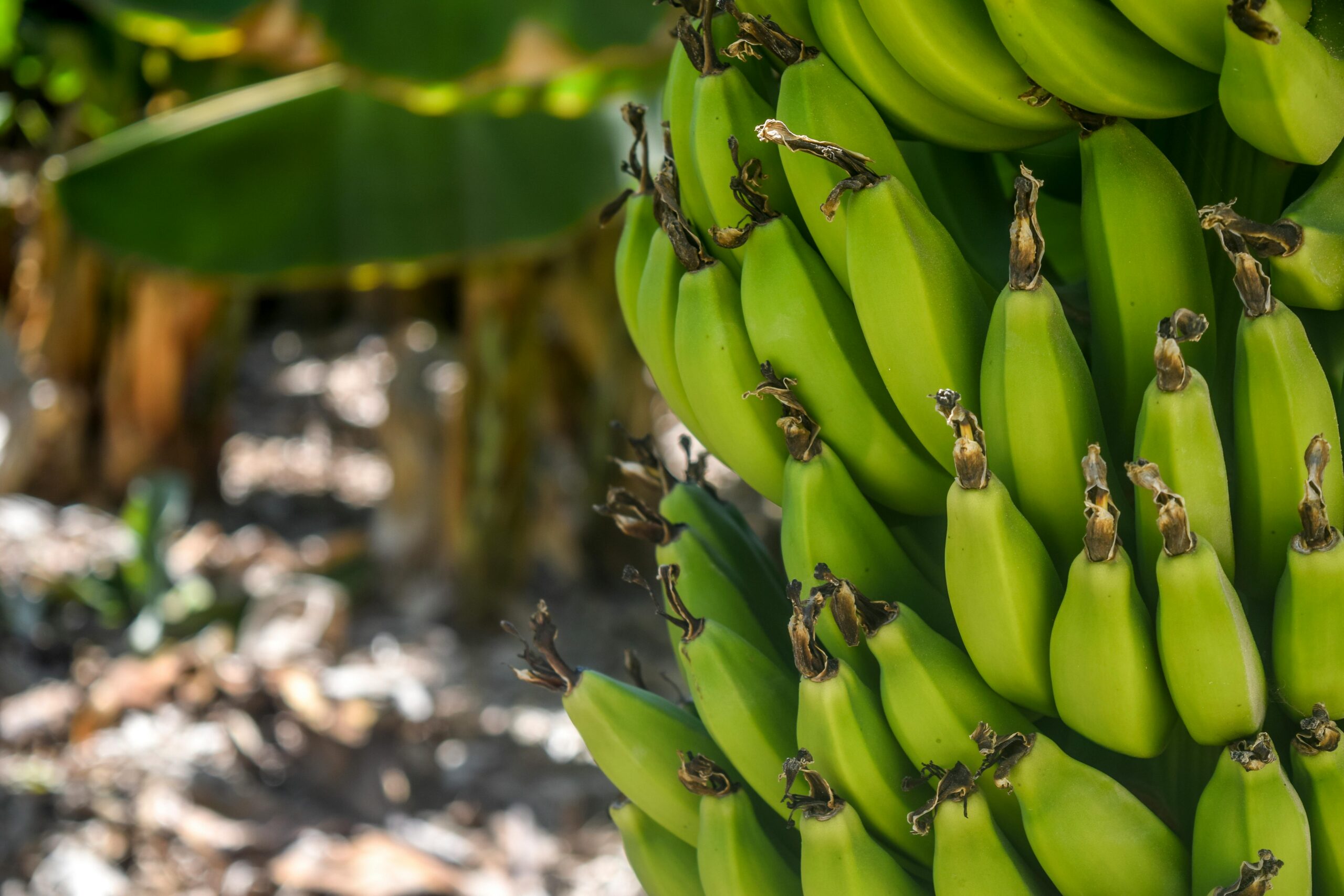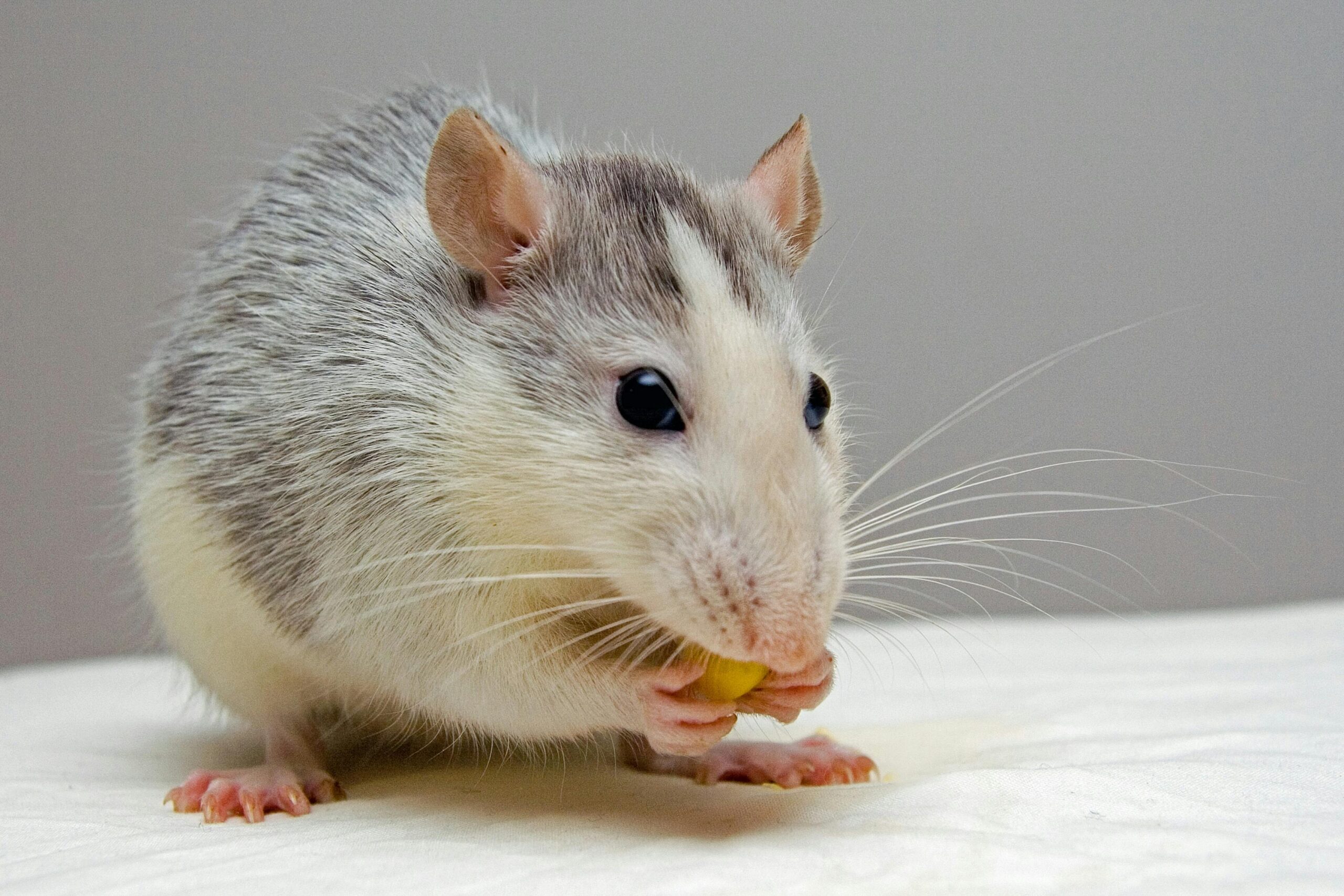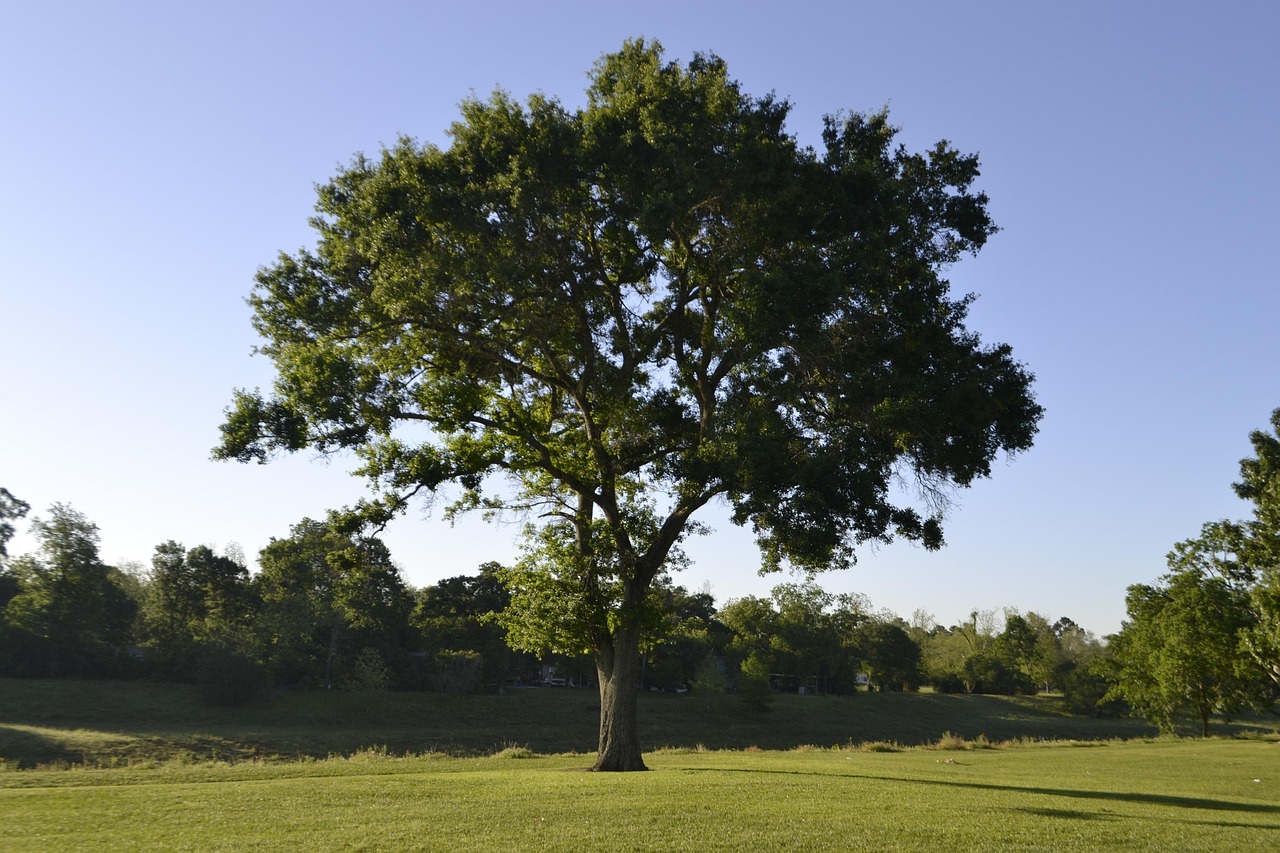(Image credit: by Arminas Raudys)
Bananas Are Actually Herbs, Not Trees
Think bananas grow on trees? Think again! These tropical favorites are actually the world’s largest herb. Learn why banana plants defy botanical expectations—and what they’re more closely related to than apples.
Wait… Bananas Are Herbs?
When you picture a banana plant, you probably imagine a tropical tree swaying in the breeze. But here’s the twist: bananas don’t grow on trees at all. Botanically speaking, banana plants are classified as herbaceous perennials, or in simpler terms, giant herbs. Yep, the same category as basil or mint—just way taller.
So, what makes them herbs and not trees?
The Secret Lies in the “Trunk”
One key reason banana plants aren’t considered trees is because they don’t have a woody stem. What looks like a trunk is actually a “pseudostem” made of tightly packed layers of leaf sheaths. These leafy layers overlap in a spiral, giving the illusion of a solid trunk, but if you were to cut it, you’d find it soft and fibrous—not at all like the hardwood of a typical tree.
This pseudostem supports the plant through its fruit-bearing cycle, after which it dies back, and a new stem grows from the underground rhizome.
Despite being herbaceous, banana plants are no small feat. They can grow up to 25 feet (7.6 meters) tall, making them the largest herbaceous flowering plants on Earth. Some varieties even rival small palm trees in height and appearance!
And their flowers? Banana blossoms are massive and fascinating, producing clusters that develop into the fruit we all know and love.
More Lily Than Apple
Here’s another fun twist: bananas are more closely related to lilies, orchids, and gingers than to fruit trees like apples or peaches. They belong to the family Musaceae, which includes other tropical plants often grown for ornamental or food purposes.
So next time you enjoy a banana, think of it as a distant floral cousin to your garden lilies—not your apple pie.


